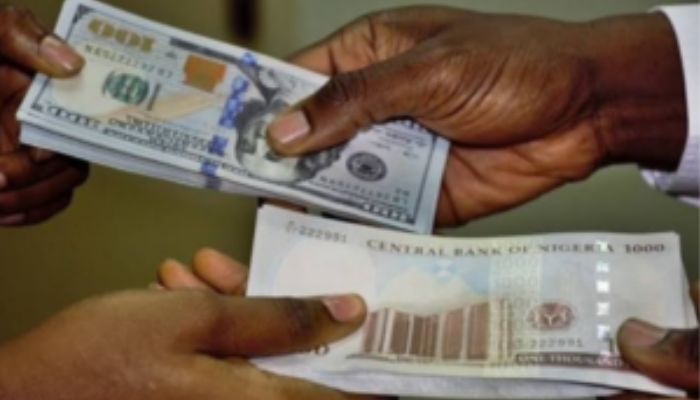Naira on Monday fell to a record low of N1,348.63 per dollar following strong demand on the official market, also known as NAFEM market.
This is despite the news of additional release of 500 million dollars to various sectors in its determination to address the backlog of verified foreign exchange transactions by the Central Bank of Nigeria (CBN).

This represents 33.87% or N456.73 weaker than N891.90 recorded at the close of trading on Friday.
The observed depreciation is unparalleled and stands as the lowest point in the historical performance of the Naira, reflecting the severity of the current economic challenges.
This latest depreciation marks the sixth time the Naira has breached the N1,000/$ threshold, highlighting a persistent trend of weakness.
The first instance occurred on Friday, December 8th, 2023, when the currency reached a historical low of N1,099.05 per dollar. This was followed by a brief reprieve before a second depreciation on Thursday, December 28th, 2023, closing at N1,043.09 per dollar.
These developments represent a significant turning point for the Naira.
Despite recent efforts by the Central Bank of Nigeria (CBN) to bolster the foreign exchange market through interventions, the currency’s downward trend persists, prompting concerns about its potential impact on the broader economy.
This development is likely to aggravate existing inflationary pressures and further strain household budgets, particularly for those reliant on imported goods.
The implications for businesses, both large and small, are also significant, with potential increases in production costs and challenges in maintaining profitability.
The domestic currency depreciated by 33.87% to close at N1,348.63 to a dollar at the close of business, data from the NAFEM where forex is officially traded, showed.







